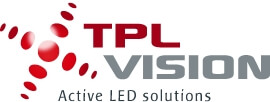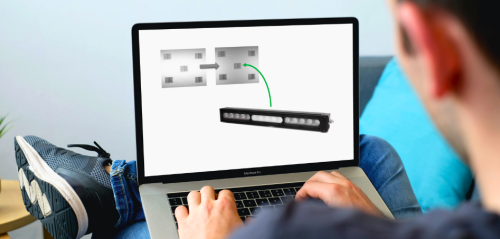
Discover the power of lighting and gain in-depth knowledge of machine vision as we delve into a wide array of topics, from lighting fundamentals to product selection and overcoming common application challenges. Our extensive library of webinars touches on diverse areas of machine vision, from UV lighting for specialised applications to conquering large fields of view and integrating vision systems with robotics. Dive deep into key topics surrounding vision systems and cameras, and gain a better understanding of the crucial role of illumination.
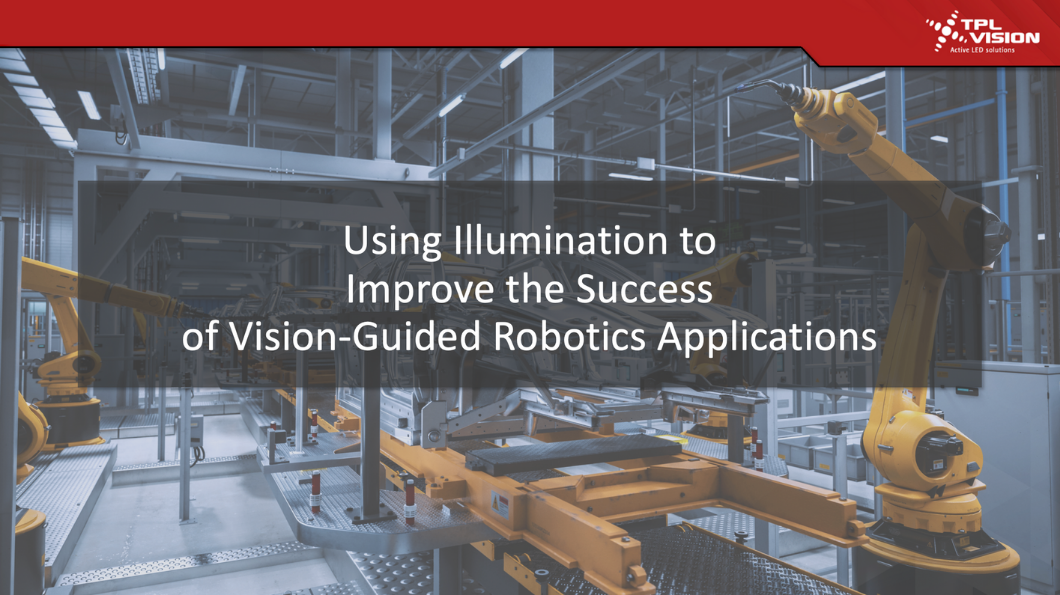
Using Illumination to Improve the Success of Vision-Guided Robotics Applications
As production and manufacturing processes become more complex, robotics application designers must consider several parameters to optimize inspection of complex parts over a wide range of working distances and fields of view.
The presentation will dive into the latest illumination technologies suited to robotics to help you:
- understand the top challenges to effective part picking and eliminate problems due to parallax,
- avoid motion blur and learn to deal with mechanical constraints,
- reduce the challenges of high-speed end-of-arm robotics inspection applications,
- optimise inspection of complex parts in different orientations which are challenging to pick up from a large field of view,
- find the best lighting techniques leading to a successful part pick-up.
Level: Intermediate
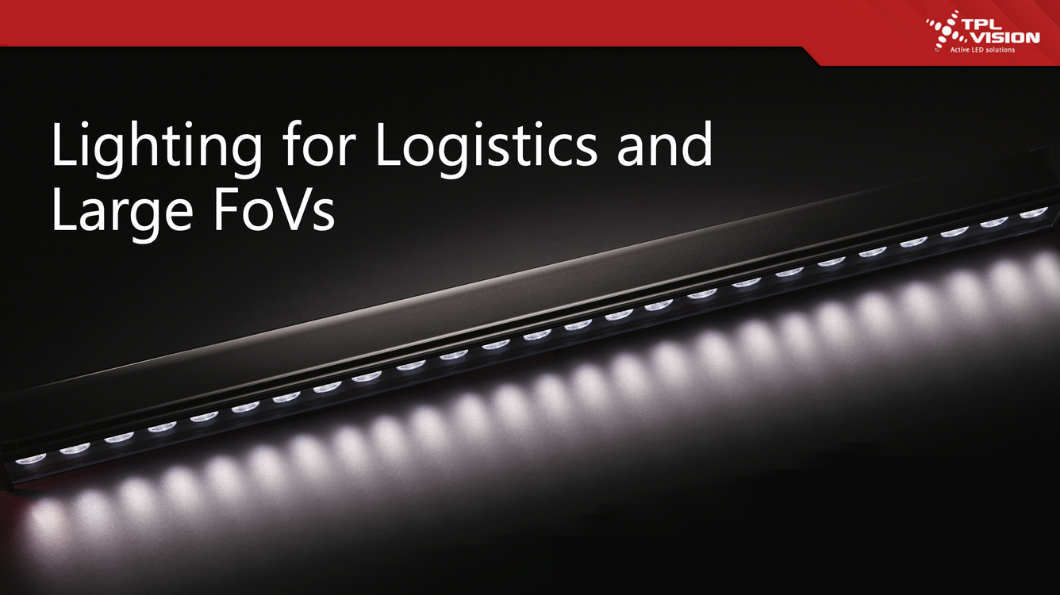
Lighting for Logistics
and Large Field of Views
Large field of view applications require high brightness and homogeneity to achieve reliable and high-quality images. However, maintaining consistent image resolution across the entire field can be difficult, potentially impacting the accuracy of object detection and recognition.
Additionally, processing a large amount of image data in real-time can strain computational resources, requiring advanced hardware and software capabilities.
This session explains why “hot spots” occur and how they can be minimised through a simple and cost-effective solution. It focuses on code reading examples from the logistics industry and explains how different surface materials and the position of illumination can affect imaging results in Large FoV applications.
Level: Intermediate
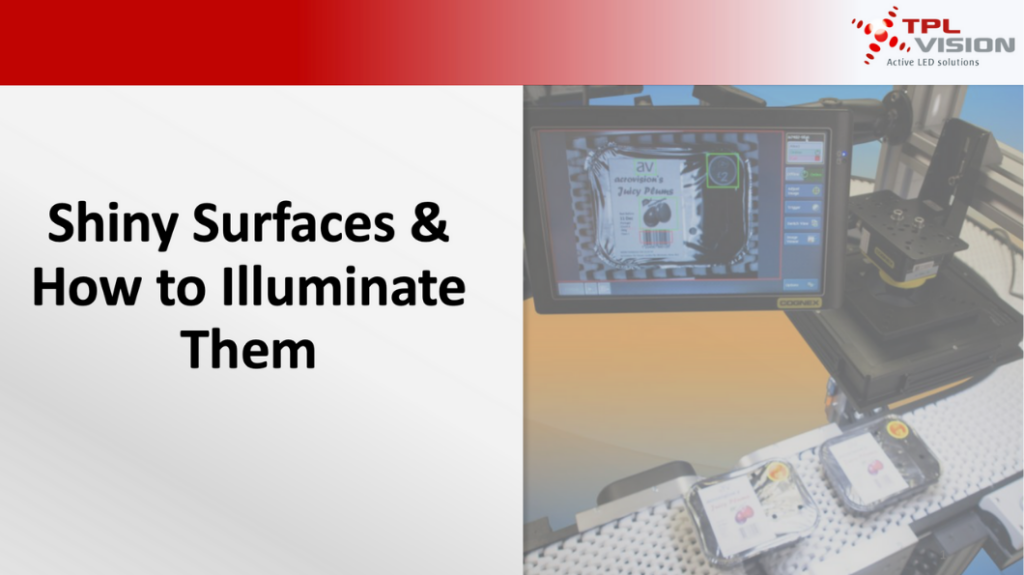
Shiny Surfaces &
How to Illuminate Them
Shiny surfaces pose a challenge in machine vision due to their reflective properties, which can cause unwanted glare and distortions in captured images. These reflections can obscure the desired features of an object, making accurate identification and measurement difficult to achieve.
This webinar explains how shiny surfaces react to illumination and what can be done to mitigate reflections on flat surfaces and curved or rounded parts. Learn which methods of illumination are best suited to each one of these applications and which general guidelines you should follow to optimise the inspection process for maximum accuracy.
Level: Beginner/Intermediate
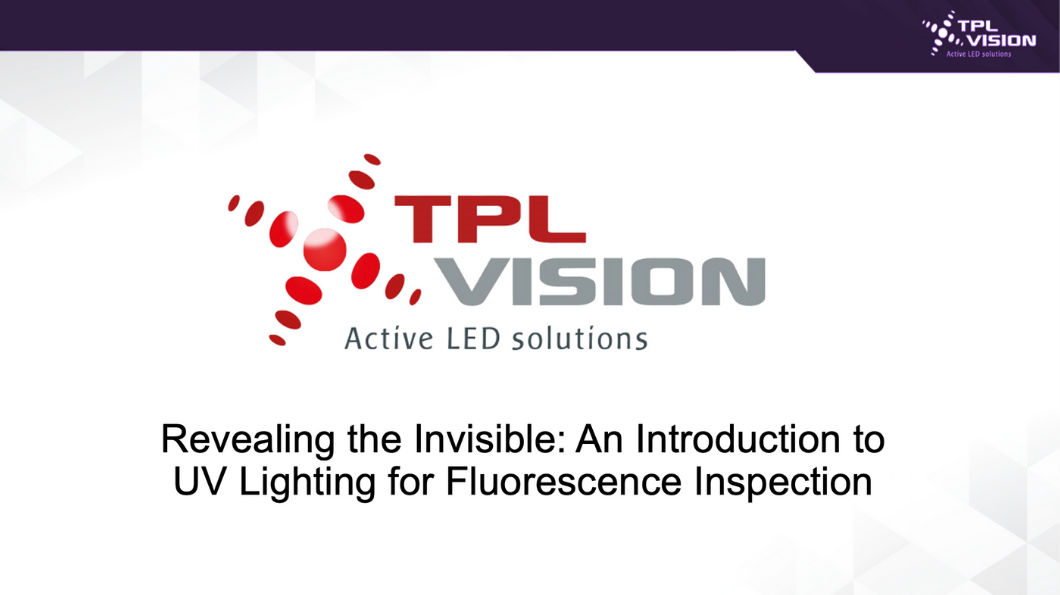
Revealing the Invisible: UV Lighting for Fluorescence Inspection
What is fluorescence and what causes materials to fluoresce?
Which UV wavelengths are used in machine vision and what do you need to consider when setting up a project to deliver a successful UV application?
Learn how to find the best environmental configuration and determine the optimal UV excitation wavelength for your UV application in this webinar. We’ll start with the basics of fluorescence and UV lighting before moving on to the use of filters, matte and shiny surfaces, necessary safety considerations and testing and configuration of UV products in this webinar.
Level: Beginner/Intermediate
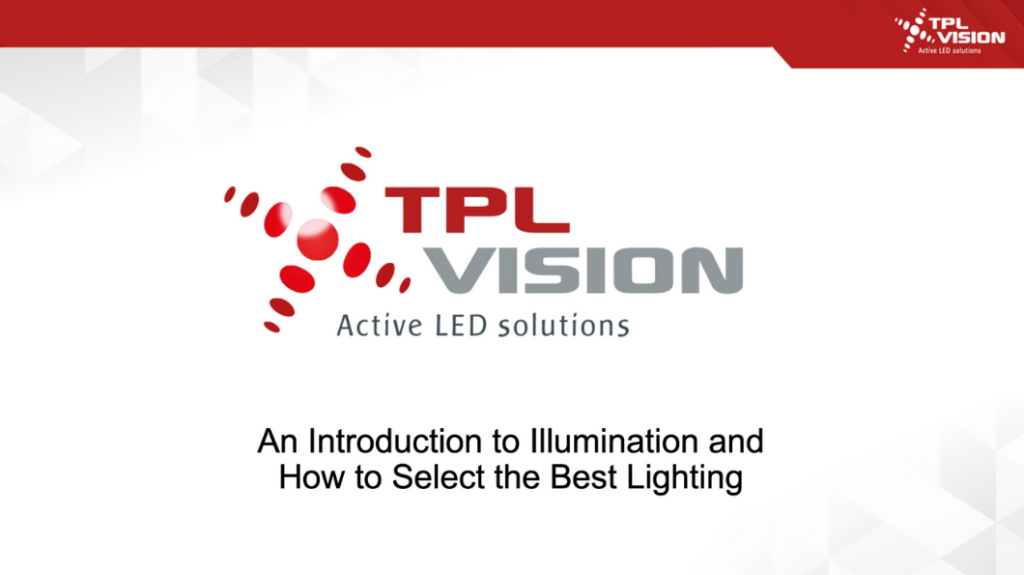
Introduction to Illumination & How to Select the Best Lighting
Selecting the right source and properties of illumination is an essential, but often overlooked step of a vision project. For an effective system, an analysis of the environment, including the way light interacts with the object or feature of interest is crucial. Proper lighting ensures high-quality images with optimal contrast, reducing shadows and reflections that can interfere with accurate analysis.
This webinar uses real-life applications to explain how lighting influences image quality and how you can achieve the best contrast on different surfaces. We’ll covers topics such as brightness, contrast, homogeneity, colour and lighting techniques to help you understand how illumination can help you achieve superior results in terms of accuracy, reliability, and efficiency.
Level: Beginner
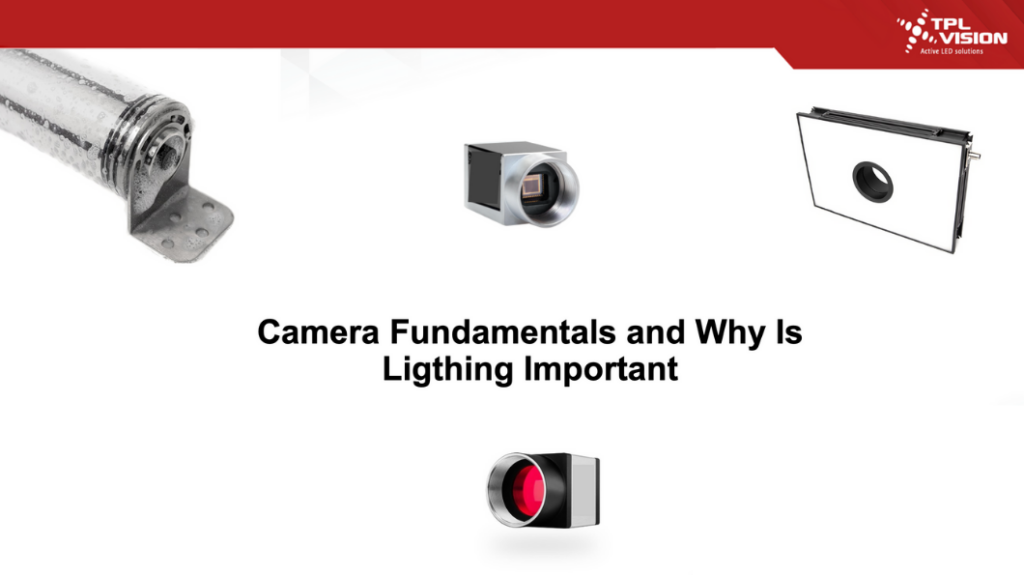
Camera Fundamentals & Why Is
Lighting Important
This session discusses key parameters and camera fundamentals such as camera types, resolution, frame rate, sensor size, lenses and specific lighting requirements, using real-life examples and lots of tips to help you choose the most suitable products and master your applications.
Discover how lighting affects the interaction between a camera and a vision system, and explore suitable products tailored to specific challenges. By utilizing appropriate illumination, you can achieve consistent outcomes, minimising errors and saving time by avoiding the need for extensive testing of various configurations. Familiarize yourself with typical optical errors, motion-related obstacles, and the impact of insufficient homogeneity on your projects.
Level: Beginner
